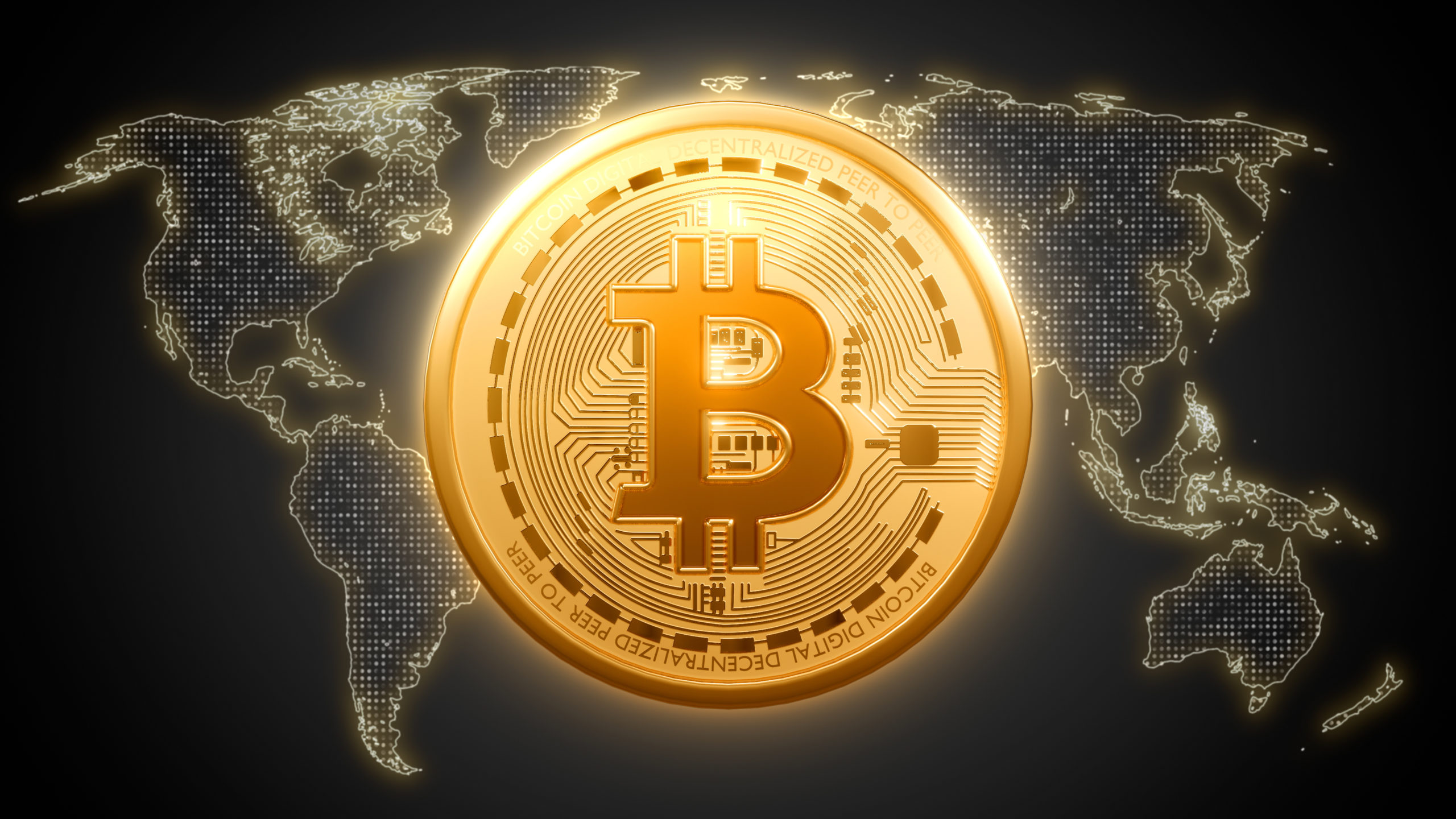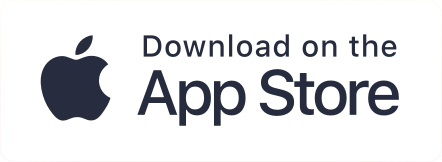Bitcoin (and other digital currencies) has garnered great interest in news and social media these days. In this blog post we’ll examine the most basic of questions — what is Bitcoin — by comparing physical money (bills, coins) to digital currencies. We’ll touch upon the blockchain, examine barriers to adoption, and some related concepts.
What is physical money?
Consider your daily spending habits. You don’t need a deep knowledge of economics or international banking agreements to spend the cash in your wallet. What’s essential to know is that those bills and coins are:
- Held in a wallet or at a bank
- Accepted by sellers for products and services
- “Single-spend,” after which control passed to the seller
- Available in various denominations, from pennies to whole dollars
- Numbered serially to uniquely identify each paper bill
Physical money — also known as “fiat” currency — is government-issued, backed by the stability of the issuer (rather than a physical commodity like gold).
What is digital money?
Bitcoin “spends” the same way, with the same characteristics.
Digital money — also known as “cryptocurrency” — is backed by the security of cryptographic algorithms (computational recipes) that provide the same characteristics as physical money. (Details about these algorithms will be covered in subsequent blog entries, but are not essential to the purchase, storing, and spending of digital money.)
Not all cryptocurrencies are created equal. Their differing implementation details — their algorithms, currency features, and process transparency — engender different levels of trust between cryptocurrencies. This parallels government monetary policies and circumstances (war, sanctions, natural disasters, etc.) that erode trust in some currencies (like the Iranian Rial, the Vietnamese Dong, or the Argentine Dollar). Bitcoin has passed repeated scrutiny and holds a position of esteem by those looking for a good “store of value.”
Why Bitcoin?
The essential difference between Bitcoin versus physical money is its limited quantity. By design, there will never be more than 21 million bitcoins. This built-in scarcity, backed by the trust in the background cryptography, means that Bitcoin (specifically) is designed to be a great store of value. Contrast Bitcoin’s scarcity against the scarcity of the U.S. Dollar, which can be created at will by the Federal Reserve. Since September 2019 more than $9 trillion has been put into circulation, more than 22% of the total number of dollars.
Why does this matter? Adding more dollar bills to the pile means each dollar is less scarce, dropping the buying power of each dollar you’ve saved. This “inflation” is why a slice of pizza costs much more today than your first slice, and why your savings are able to purchase less over time.
Dollars, at least under the current economic policy, are a poor store of value. Because Bitcoin appears to be the preeminent store of value, it’s become the cryptocurrency of choice. (Other cryptocurrencies will be explored in subsequent blog posts.)
Blockchain? Proof-of-work? FUD? S2FX?
As previously mentioned, there is much behind Bitcoin that’s interesting but not essential to understand in order to buy, hold, or spend Bitcoin. However, are some of the common elements which frequently appear around discussions of Bitcoin.
Blockchain
Just as Bob Cratchit logged Ebenezer Scrooge’s financial transactions in Dickens’ Being a Ghost Story of Christmas, marking them with a quill pen in a ledger book, digital cryptocurrencies require a digital ledger: the blockchain. Bitcoin’s blockchain is a decentralized, distributed, public digital ledger. Entries are chained together in a cryptographic way to resist tampering; anyone may inspect and recalculate the blockchain ledger to verify the veracity of the transactions logged.
Bitcoin’s creator — the anonymous person (or people) using the name Satoshi Nakamoto — put forward Hal Finney’s blockchain concept as an essential part of Bitcoin’s infrastructure; the very public way of providing confidence and trust in the currency.
Proof of work?
The backbone of the blockchain is the proof of work, a chunk of data which validates the integrity of the current and all previous ledger entries. Because this chunk of data is difficult (costly and computationally time-consuming) to produce but easy for others to verify, the blockchain resists tampering.
The characteristics of blockchains — transparency, distribution across many computers to avoid a single point of failure, trust — are so attractive that their use has become the method by which other transactions are recorded, including voting, legal contracts, secure sharing of medical data, supply chain and logistics monitoring, etc.
FUD?
FUD — fear, uncertainty, and doubt — are untruths or exaggerations, pushed by those with an agenda, despite having been debunked. Current FUD includes Bitcoin having no intrinsic value, used only by criminals, a passing fad, a bubble like the Dutch tulip mania of the 1630s, controlled by one country or another, using more energy than exists, etc. These will be covered in future blog posts.
FUD seems to be an sown as essential part of the adoption of any new technology; consider the popular 1957 song “Ya Got Trouble” from The Music Man, which vilified pool tables in favor of the creation of a marching band, or arguments made against then-new forms of travel: automobiles would be so fast that passengers couldn’t breathe or train vibration would cause insanity.
S2FX?
Laurence Peter opined “an economist is an expert who will know tomorrow why the things he predicted yesterday didn’t happen today.” A good economic model is essential to understanding how the value of a currency behaves.
Twitter user Plan B has produced two models to describe value and scarcity, known as S2FX BTC Stock to Flow Cross Asset Model and an earlier S2F Modeling Bitcoin Value with Scarcity. These have become essential to those who wish to estimate Bitcoin’s utility as a store of value.
Conclusion
Bitcoin is the most-trusted cryptocurrency, a digital form of money that has the same characteristics as does physical money. That trust comes from various cryptographic methods that provide accountability and transparency. Bitcoin, by having scarcity as an essential part of its design, seems to be a much better store of monetary value than government-backed “fiat” currencies.
We offer resources such as videos and crypto investing guides to help you conquer crypto. Join our community and find more people achieving their financial goals through crypto. Download the Abra app and start trading today!
Download AppAbout Abra
Established in 2014, Abra is on a mission to create a simple and honest platform that enables millions of cryptocurrency holders to maximize the potential of their assets. Abra enables both individuals and businesses to safely and securely buy, trade, and borrow against cryptocurrencies – all in one place. Abra’s vision is an open, global financial system that is easily accessible to everyone.
Why Abra
Based in the United States, Abra is available in over 150 countries and makes it easy to convert between crypto and a wide variety of local fiat currencies. With over 2MM customers, $7B in transactions processed, and $1.5B in assets under management, Abra continues to grow rapidly. Abra is widely loved and trusted – in April 2022, pymnts.com reviewed and rated Abra amongst the top 5 most popular crypto wallets in the market. Abra is backed by top-tier investors such as American Express Ventures and First Round Capital.
How Abra Protects Your Funds
Abra places clients’ financial objectives and security first. Abra practices a culture of risk management across all levels and functions within the organization.
Abra employs a state-of-the-art enterprise risk management framework that comprises a comprehensive set of policies, procedures, and practices detailing all applicable risk-related objectives and constraints for the entirety of the business. Abra has instituted a complete set of requisite systems and controls that continuously enforce these policies, procedures, and practices to manage all operations, including credit and lending. Abra’s independent Risk Committee comprises experienced compliance, risk, securities, and fraud operations professionals with backgrounds in industries ranging from traditional and digital assets banking, payments, remittance, to fintech.
Please visit our FAQ to learn more.


